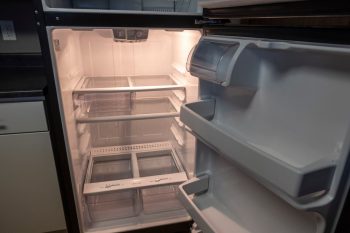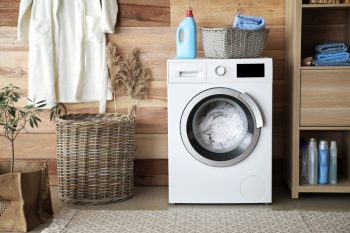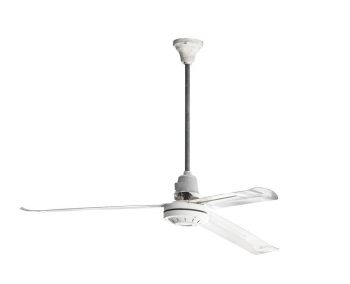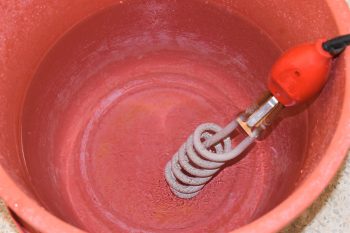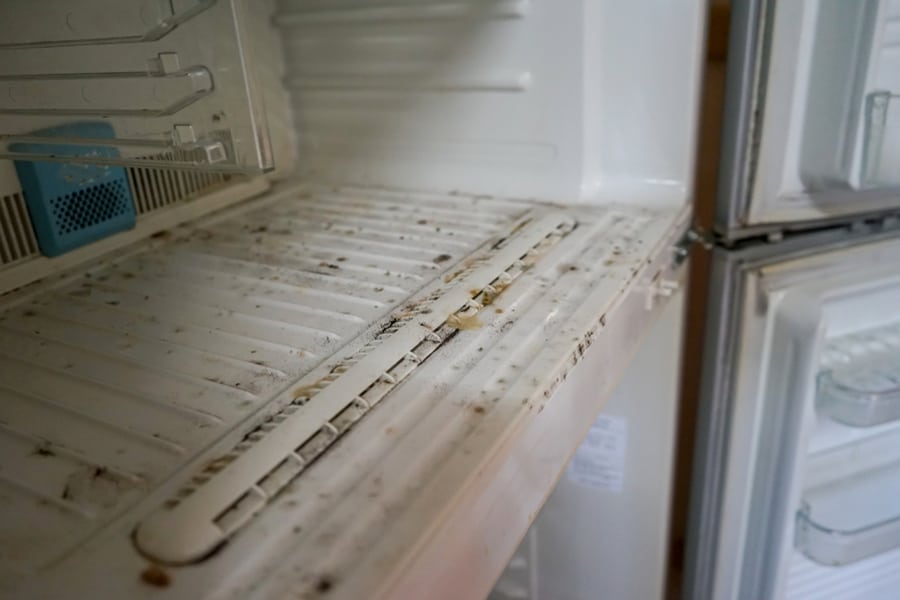
A Refrigerator is one of the essential devices to have in your house. They keep your vegetables fresh and prevent food from going bad. However, though they are pretty useful, refrigerators can be a breeding ground for mold.
Mold growth is a common issue in most refrigeration units. If left unchecked, mold in your refrigerator can cause food to be inedible and risk your and your family’s health.
This post will explore a few ways to keep your refrigerator mold-free and ensure your food is safe.
Are you looking for a few tips to prevent mold growth in your refrigerator?
You can start by packing your food in airtight containers and properly arranging them on the compartment shelves. Furthermore, you should dry off foods before storage and never leave them too long.
Secondly, regularly cleaning your refrigerator using baking soda or vinegar can ensure your unit is mold-free. You should also check and adjust the device’s temperature.
Lastly, check your door seals, and schedule regular maintenance for your fridge.
Opening a refrigerator and finding mold can be an awful experience. Stick around to learn more about effective steps to prevent mold growth in your unit.
Ways To Prevent Mold in Your Refrigerator
Mold is a type of fungus that thrives in humid environments. So if you were only worried about a mold infestation in your house’s walls and floor, guess again.
Mold in your fridge can be problematic, causing allergic reactions and respiratory issues. Preventing its growth is the best way to ensure your family’s health is not affected and keep your device working efficiently.
Here are a few tips to try out:
1. Using Airtight Containers
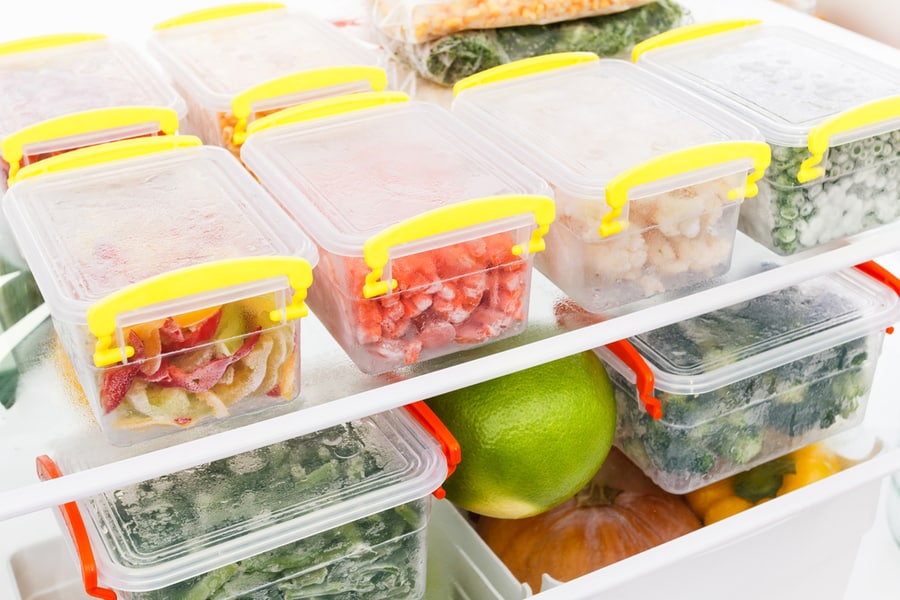
Proper food storage is a good way to ensure mold does not grow in your fridge. However, if the food has excess moisture, it can promote mold growth.
Furthermore, mold spores can be easily transferred from one food to another as air circulates within the refrigerator.
Covering the food in airtight plastic bags or containers ensures that the moisture does not escape into the compartments. The containers also prevent air from directly contacting food, reducing mold growth.
2. Dry All Vegetables and Fruits
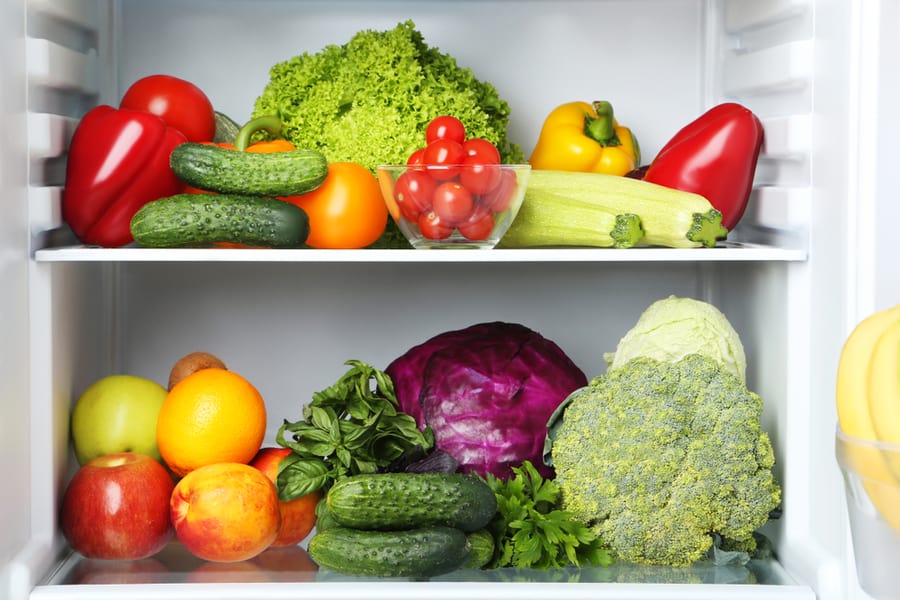
Secondly, reducing the amount of moisture within the compartments can prevent mold growth. A good way to do this is by drying off your fruits and vegetables before storing them in the refrigerator.
If possible, avoid pre-washing your vegetables. However, if you need to wash your fruits and vegetables, let them dry before putting them in the appliance.
3. Keep the Fridge Organized

Additionally, how you organize your food can affect how quickly mold grows. For example, poor air circulation in the refrigerator can promote mold growth.
If food is too crowded or not properly stacked, it can prevent air circulation and increase moisture levels within the compartments.
On the other hand, spacing food and vegetables improve air circulation. As a result, air and moisture can easily flow through the unit, reducing stagnant moisture accumulating at particular fridge parts.
Furthermore, ensure that food and other items do not block the unit’s air vents.
4. Do Not Leave Food for Too Long

You should not leave your meat or vegetables in the fridge too long. One of the most common causes of mold is food getting bad after staying longer than necessary.
To prevent your unit from getting overwhelmed by a mold colony, eat the veggies or fruits as soon as possible.
However, if you are unsure if the food is still good, the best option is to lean on caution and properly dispose of it.
5. Clean Your Refrigerator Frequently

Furthermore, cleaning the fridge can help prevent the growth of mold. Cleaning the device removes bacteria and other microorganisms that can cause food to rot and the unit to smell funky or musty.
Most manufacturers recommend defrosting and cleaning the refrigerator after every 3 to 4 months. However, you should not wait that long if your unit starts smelling or you spill any fluids.
Before cleaning, take out food and other items inside the refrigerator and freezer. With some warm soapy water, thoroughly clean the compartments.
Likewise, you can use a soft brush to clean those hard-to-reach areas, like removing dirt between the door seals.
6. Check the Refrigerator’s Temperature
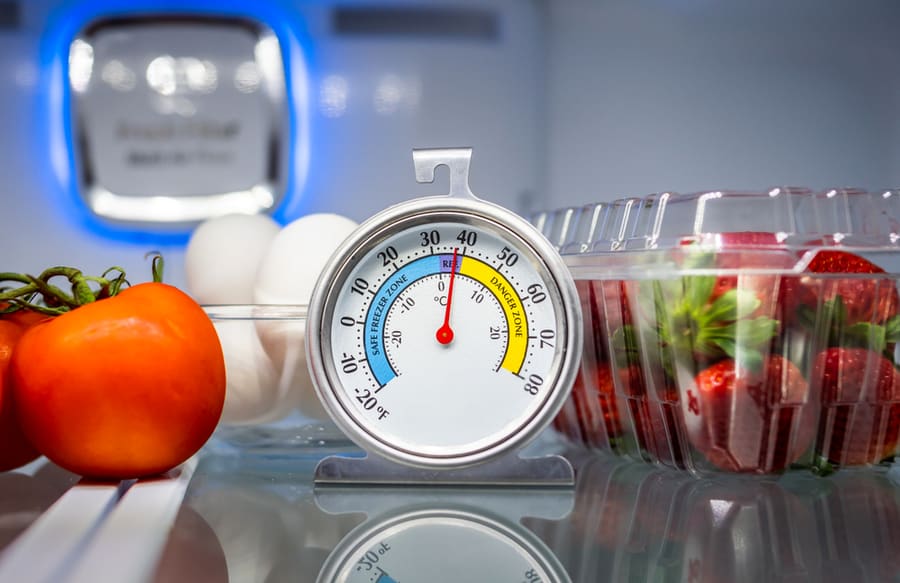
Another important way to prevent mold growth is to regularly check your device’s temperature. Because mold breeds faster in warm moist areas, setting an ideal temperature should help.
The ideal temperature for your appliance is between 35°F and 38°F. If your fridge has no digital temperature display, you can use a thermometer to check its temperature and adjust the settings when necessary.
7. Use Baking Soda

In addition, baking soda is also a great option for keeping your fridge mold-free.
For starters, baking soda has a high pH level, which prevents mold from growing, making it an ideal natural disinfectant. Additionally, baking soda absorbs moisture and kills unpleasant odors within the compartments.
Baking soda has no harmful chemicals, so you can safely use it to clean mold-infested refrigerator areas.
Add a teaspoon of baking soda into 2 cups of warm water, and using a spray bottle, spray and scrub the areas with a brush. Afterward, rinse the compartment, and leave it to dry.
Likewise, after cleaning the unit, you can leave an open box of baking soda in your fridge to help keep it dry and stop mold growth. The package should be replaced every 3 to 4 months after cleaning the unit.
8. Check Your Refrigerator Seals
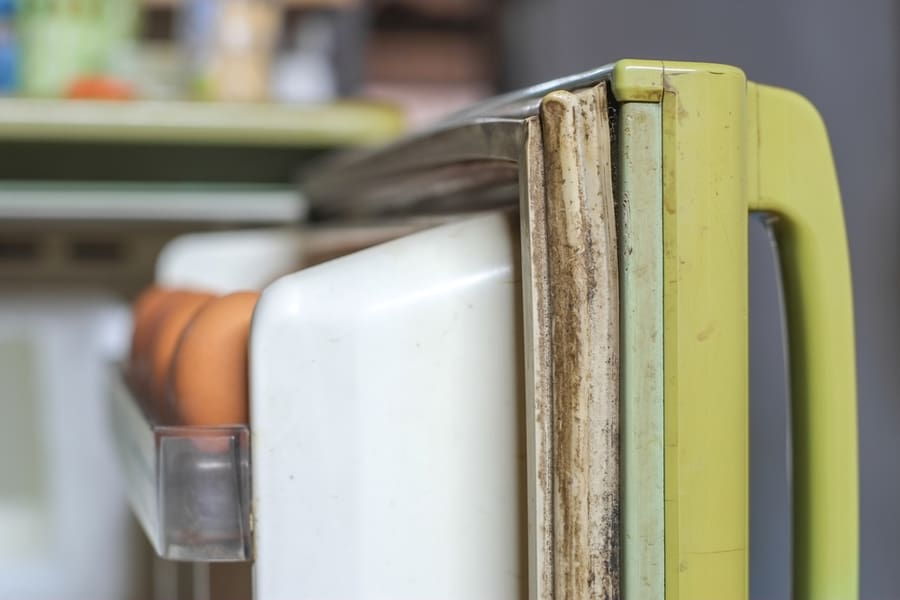
Dirty or clogged refrigerator seals can also promote mold growth. Seals often go unchecked during cleaning; dirt and moisture can encourage mold growth.
Furthermore, dirty or broken seals can also prevent the door from closing fully. As a result, warm, humid air can leak into the compartments, leading to mold growing on your groceries.
Broken or clogged seals also reduce your refrigerator’s performance. As a result, the device must work harder to cool the compartments, leading to more cooling cycles.
If your fridge has a broken door seal, you should have a technician replace it as soon as possible.
9. Use Vinegar
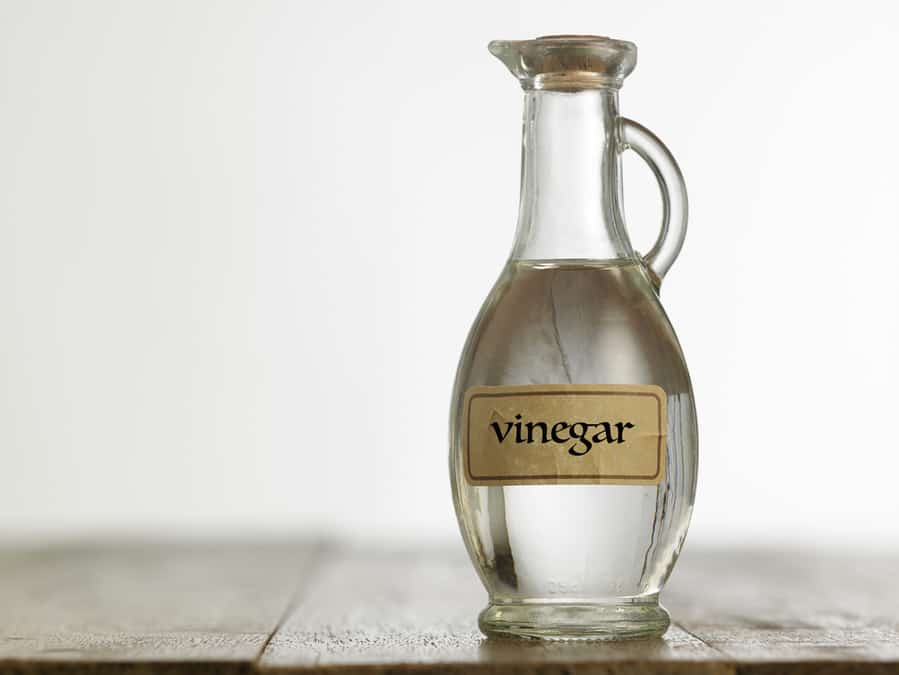
Another great way to solve your mold problem is by using vinegar. Vinegar is a natural cleaning agent that you can use to clean your appliance. It has a low pH level that breaks down mold structure, eventually killing it.
Like baking soda, the biggest advantage of using vinegar is that it is a non-toxic and natural cleaning agent. In addition, it is completely safe to use.
The vinegar concentration depends on the severity of your mold outbreak. For a serious case of black mold, you should add a higher vinegar content to your water solution.
Spray and scrub the infected area before rinsing it, and then give it another vinegar treatment for extra precaution.
Using vinegar can leave a temporary odor in your fridge. However, the smell should clear up within a few minutes or hours.
10. Regular Maintenance

Lastly, regular maintenance is also a great way to prevent mold from taking hold of your fridge. Damaged parts like the compressor, condenser, or evaporator coils can affect the cooling ability of the appliance.
Regular maintenance can ensure that your refrigerator is working efficiently. This prevents mold growth and reduces the burden of expensive repairs.
Takeaway
A mold infestation in the fridge can be a huge health hazard for you and your family. You should always take extra precautions to protect your family and food.
One way to prevent mold growth in your refrigerator is through proper food care.
When storing your food, ensure they are sealed in airtight containers and arrange them properly to enhance airflow with the compartments. Additionally, you should dry all your vegetables before storing them and not leave them for too long in the unit.
You should also clean the unit frequently using baking soda or vinegar. Likewise, check and adjust the unit’s temperature settings to prevent mold growth. Lastly, ensure the refrigerator door seals are not broken or clogged and remember to maintain the device regularly.
Frequently Asked Questions
What Causes Mold in a Refrigerator?
Mold growth can be frustrating, especially if it happens in the fridge. However, rotting food is the most common reason for mold in your unit.
As food goes bad, it can spread spores around the compartment leading to more infestations.
Additionally, excessive moisture in the compartments can also create an ideal breeding ground for mold. This can be caused by several factors, including a malfunctioning refrigerator or badly stored food.
What Kills Mold in Refrigerators?
There are several ways to kill mold and prevent it from spreading.
The most common and recommended option is using a solution of water and baking soda or vinegar. Vinegar and baking soda are natural and non-toxic cleaning agents that are safe to handle.
However, you can also use a water and household bleach solution to clean the compartments. Bleach breaks down the mold structure, stopping it on its track.


